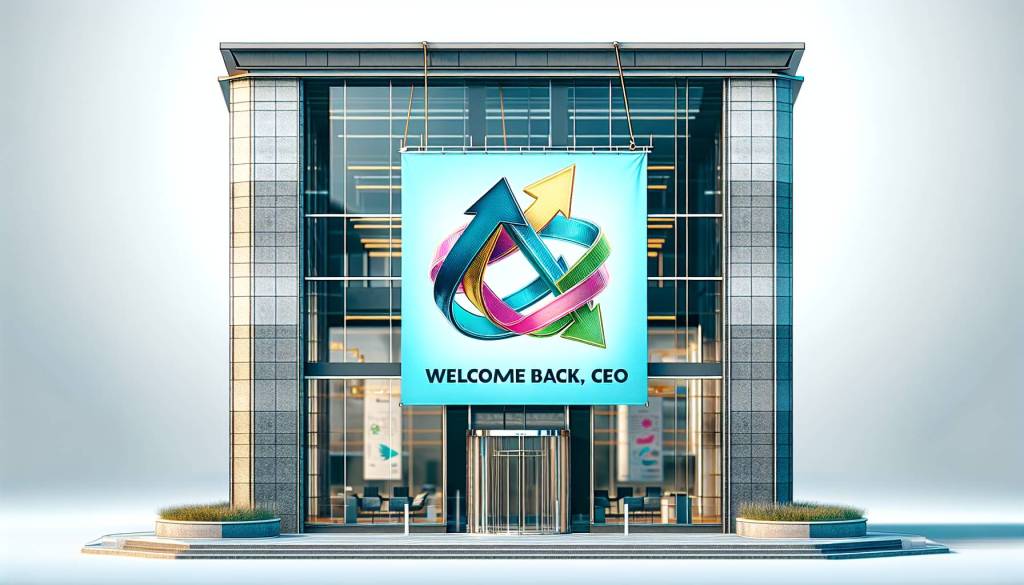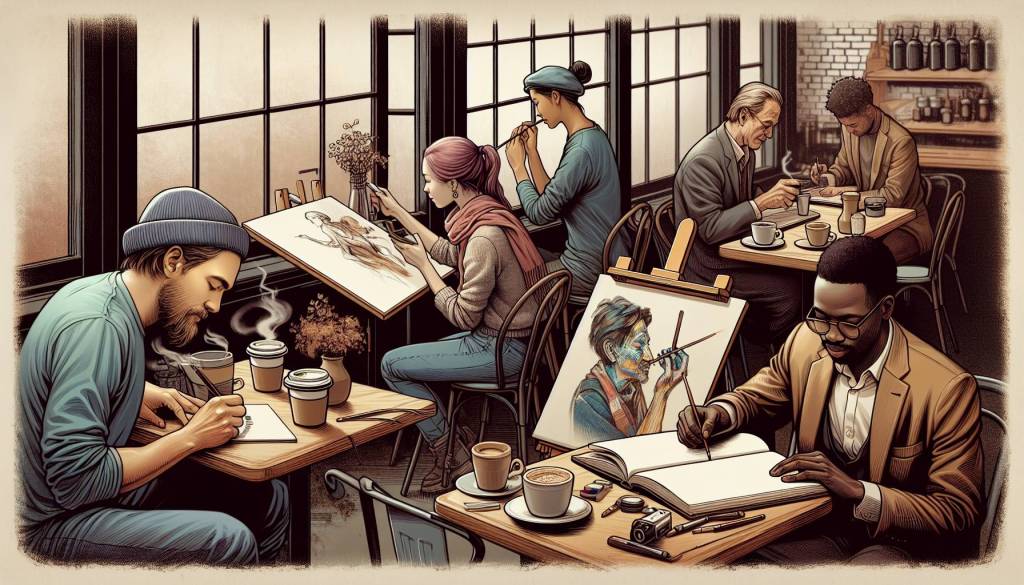Craft beer has been steadily gaining popularity over the past decade, with consumers increasingly seeking unique and flavorful beer options. Blue Moon, owned by Molson Coors, has recently announced a brand refresh that aims to boost its mass appeal positioning. This article will delve into the details of Blue Moon’s brand update, its packaging refresh, and the introduction of a new non-alcoholic offering. By examining these developments, we can gain valuable insights into the craft beer market and the strategies employed by industry leaders.
Blue Moon’s Packaging Refresh
Blue Moon’s packaging refresh is the first of its kind since 2019 and is part of a broader marketing expansion plan. The new packaging, set to hit shelves in February, features a modernized design that prominently showcases the Blue Moon banner. This bold and unified look aims to create a stronger brand presence and enhance the visibility of Blue Moon’s offerings. By streamlining the packaging across its product lineup, including its iconic Blue Moon Belgian White, the brand seeks to make a lasting impression on consumers.
The revamped packaging aligns with Blue Moon’s new marketing campaign, “Made Brighter,” which is scheduled for launch next year. This comprehensive campaign will encompass various advertising channels, including TV, out-of-home ads, and retail tools. By investing in an integrated marketing approach, Blue Moon aims to position itself as a brand associated with fun and creativity, catering to a wide range of consumers.
According to Courtney Benedict, Vice President for Above-Premium Beer at Molson Coors, the goal of the “Made Brighter” campaign is to tell a unified story about Blue Moon. By utilizing the updated packaging and engaging marketing strategies, the brand aims to strengthen its position in the craft beer market and appeal to a broader audience.
Blue Moon’s Non-Alcoholic Offering
In addition to the packaging refresh, Blue Moon will expand into the non-alcoholic beverage space by releasing Blue Moon Non-Alcoholic. This new offering is timed to hit shelves before Dry January, a popular month-long alcohol abstinence movement. The decision to introduce a non-alcoholic option comes as the non-alcoholic craft beer market has experienced significant growth, with a 17% increase in volume over the past year.
By expanding its product portfolio to include a non-alcoholic variant, Blue Moon aims to cater to consumers who are seeking flavorful and enjoyable beverage options without the presence of alcohol. This move aligns with the brand’s strategy to enhance its mass appeal positioning and capture a wider customer base.
Blue Moon’s Competitive Strategy
Blue Moon’s brand update and expansion efforts are part of a broader strategy to compete with its chief competitor, Anheuser-Busch (AB) InBev. By refreshing its packaging, introducing a non-alcoholic offering, and launching an integrated marketing campaign, Blue Moon aims to solidify its position in the craft beer market and gain an edge over its rivals.
The craft beer industry has seen steady growth over the years, with consumers embracing the unique flavors and quality associated with craft brews. While overall beer sales have experienced a decline, craft beer sales have remained steady, showcasing the resilience and appeal of this segment. Blue Moon, with its craft roots and mass appeal, occupies a unique position in the above-premium beer market.
Rose Sokolnik, the Senior Marketing Manager for Blue Moon, highlights the importance of a unified brand story. The brand update and packaging refresh aim to bring all the Blue Moon brands together, providing a cohesive and memorable experience for consumers. By enhancing the visibility and recognition of Blue Moon on shelves, the brand seeks to stand out in a crowded craft beer market.
The Future of Blue Moon
Blue Moon’s brand refresh and marketing expansion represent a significant step forward in its journey to capture a larger market share. With its updated packaging, non-alcoholic offering, and comprehensive marketing campaign, the brand is well-positioned to attract new consumers and retain its loyal fan base.
As the craft beer industry continues to evolve, Blue Moon’s innovative approach and commitment to quality will likely play a crucial role in its future success. By staying true to its craft roots while appealing to a broader audience, Blue Moon has the potential to solidify its position as a leading brand in the craft beer market.
See first source: Marketing Dive
FAQ
1. What is Blue Moon’s recent brand refresh about?
Blue Moon, owned by Molson Coors, has announced a brand refresh aimed at boosting its mass appeal positioning. This includes a packaging update, the introduction of a non-alcoholic offering, and a new marketing campaign.
2. What is the focus of Blue Moon’s packaging refresh?
The packaging refresh features a modernized design that prominently showcases the Blue Moon banner. It aims to create a stronger brand presence and enhance the visibility of Blue Moon’s offerings across its product lineup.
3. When will the new packaging be available?
The new packaging is set to hit shelves in February.
4. Tell us more about Blue Moon’s “Made Brighter” marketing campaign.
Blue Moon’s “Made Brighter” campaign is scheduled for launch next year and will encompass various advertising channels, including TV, out-of-home ads, and retail tools. It aims to position Blue Moon as a brand associated with fun and creativity.
5. Why is Blue Moon introducing a non-alcoholic offering?
Blue Moon is expanding into the non-alcoholic beverage space with the release of Blue Moon Non-Alcoholic to cater to consumers seeking flavorful and enjoyable beverage options without alcohol. This move aligns with the brand’s strategy to enhance its mass appeal positioning.
6. When will Blue Moon Non-Alcoholic be available?
Blue Moon Non-Alcoholic is timed to hit shelves before Dry January, a popular month-long alcohol abstinence movement.
7. What is the competitive strategy behind Blue Moon’s brand update and expansion?
Blue Moon’s efforts are aimed at competing with its chief competitor, Anheuser-Busch (AB) InBev. The brand refresh, non-alcoholic offering, and marketing campaign seek to solidify its position in the craft beer market and gain an edge over rivals.
8. How has the craft beer industry been performing recently?
While overall beer sales have experienced a decline, the craft beer segment has seen steady growth, with consumers embracing unique flavors and quality associated with craft brews.
9. What role does Blue Moon play in the above-premium beer market?
Blue Moon, with its craft roots and mass appeal, occupies a unique position in the above-premium beer market, offering a blend of craft quality and broad consumer appeal.
10. What is Blue Moon’s vision for the future?
Blue Moon’s brand refresh and expansion efforts position it to capture a larger market share. By appealing to both its loyal fan base and new consumers, the brand aims to solidify its position as a leading brand in the evolving craft beer market.
Featured Image Credit: Dave Lastovskiy; Unsplash – Thank you!













